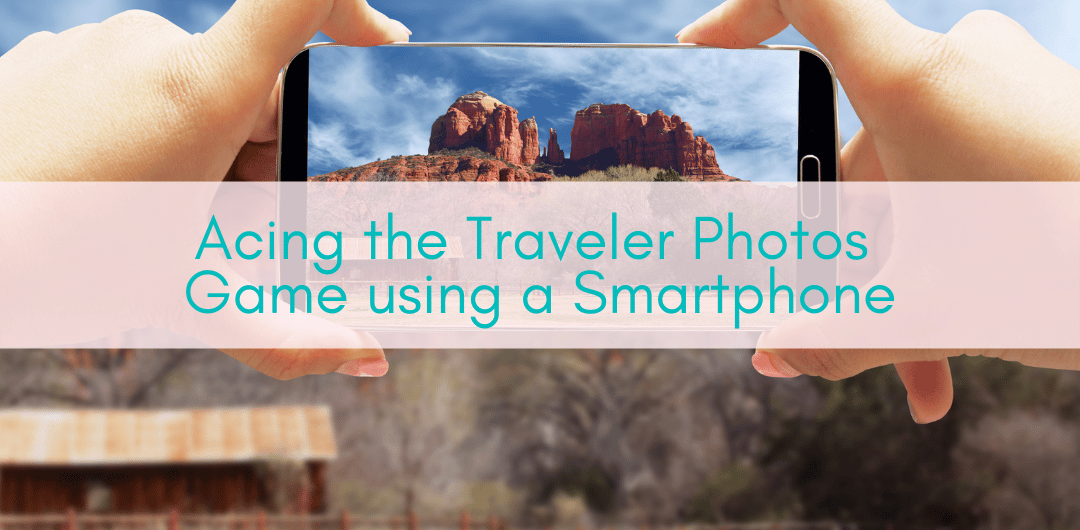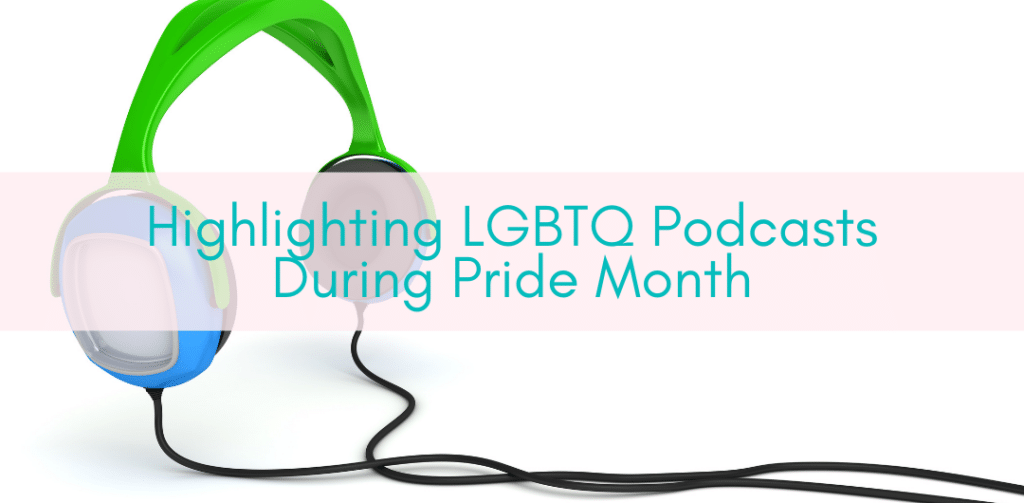Acing the Traveler Photos Game using a Smartphone
If you’re reading this article, that means you have a travel booked soon. You could also be planning to have one in the near future! Or maybe you’re looking to be a part-time travel photographer? And you’re probably anxious about the photos you’re going to take, because you might not have had a good memory of taking them. Whatever your reason is, this article will get you started in taking the best traveler photos out there.
While I like collecting fridge magnets when I travel, I also love collecting images with my OLYMPUS Tough TG-6 Waterproof Camera. A lot of us don’t have a DSLR camera to bring with us when we travel. Plus, it’s not very backpack-friendly if you’re travelling on a budget or if you’re hiking. While it’s true that donning a professional camera will give your photos that extra oomph, there are techniques you can use to dramatically improve your smartphone pictures. I’m going to lay out some really helpful and interesting tips and tricks that will make your traveler photos really stand out. Also consider the best locations for a lifestyle photo shoot. While traveling, you will have your choice of amazing places for a photo shoot!
Acing the Traveler Photos Game using a Smartphone
This post contains affiliate links. This means we make a small commission at no cost to you if you click through and make a purchase. All prices listed are accurate at time of publication.
FOCUS
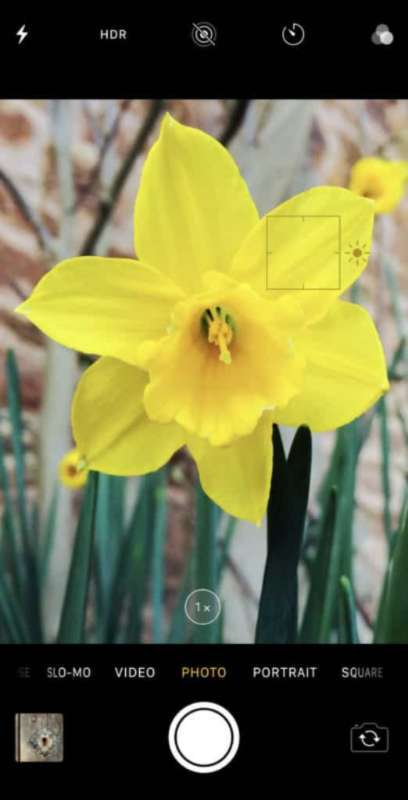
A very obvious important technique is the concept of focus. Without this, your subject will end up blurry and appear low in resolution. Remember, the goal is to look like your photos were taken by a professional rather than a smartphone. Focusing can either be really easy or tremendously difficult. If your subject is at a standstill, it’s easier for you to press focus compared to a moving subject like a bird or a car.
Ordinarily, you would focus on your main subject. Typically, if you’re photographing a person such as yourself, focus on the eyes. However, if it’s an inanimate object, say a sunflower, you don’t have to focus on the center, you can also focus on the petals. You’ll have more artistic freedom with objects because it all boils down to the effect you want the image to project. Remember that the sharpest objects in your photo stand out. This means you can focus somewhere unexpected to draw attention to a specific part of your photo. There are no rules, you are not bound by a template to follow.
BURST MODE
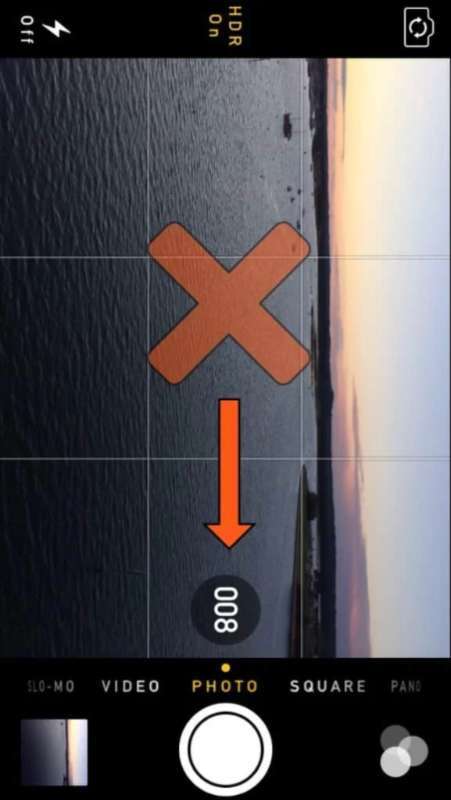
Burst mode is going to be your best friend if you need to capture fast-moving subjects and fleeting opportunities. Things like a moving car, a walking person, ocean waves, someone jumping, or flying birds. Normally, if you take a photo of a moving subject, you end up with a blurry photo. This is because the standard shot only takes a single frame, whereas a burst shot takes multiple. By setting your camera to burst mode, you can relax knowing you’ll take the perfect shot by making a series of exposures without worrying about the reaction time.
Another reason to use burst mode are shaky hands. Pressing the camera button can cause your smartphone to move. By holding it down for a series of burst shots, you’re OK having a shaky first and last photo, but the middle photos of the series will be perfect. Besides, it’s always best to take too many photos rather than too little. You can never go wrong with having options to choose from.
RULE OF THIRDS

A good composition is what sets apart an average photo from a breathtaking one. Ensuring your photo has a good composition means paying extra attention to where in the photo you wish to place your subject. The “rule” essentially states that you should position the most important elements off-centre rather than in the middle of the frame. This guideline is very important, because it draws the viewer’s eyes more into the image and puts emphasis on the subject. Following this simple rule can really up your traveler photos All smartphones will now have the grid feature. This is a combination of vertical and horizontal lines that will help you line up the perfect shot. You can make use of this feature to know where exactly to place your subject when following the Rule of Thirds.
PANORAMA
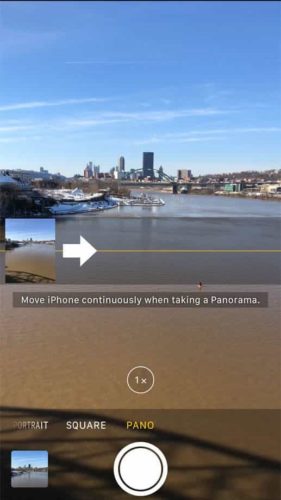
The concept of panoramic shot is pretty simple: by stitching several frames into a panorama, you can take wider-angle photos than your lenses typically allow. It allows for a larger, more detailed photo that tells the full story of the image. If you’re taking traveler photos, then this is probably the most used technique you’re gonna want to use.Panoramic photos are one of my favourites. By framing different points in a certain way, I can show everything that surrounds me that you wouldn’t normally be able to capture with just a single-frame photo. I find it satisfying that I am able to showcase the vastness of the place I am in and “bring” the viewers to where I am.
Panoramic photography has always been synonymous with landscape and architectural images. But that’s not all it can be used for! Sure, your best bet in capturing that beautiful nature backdrop is using the panorama. But not a lot of people know that you can also use it for portrait shots, like a really tall tower!
THE SUN
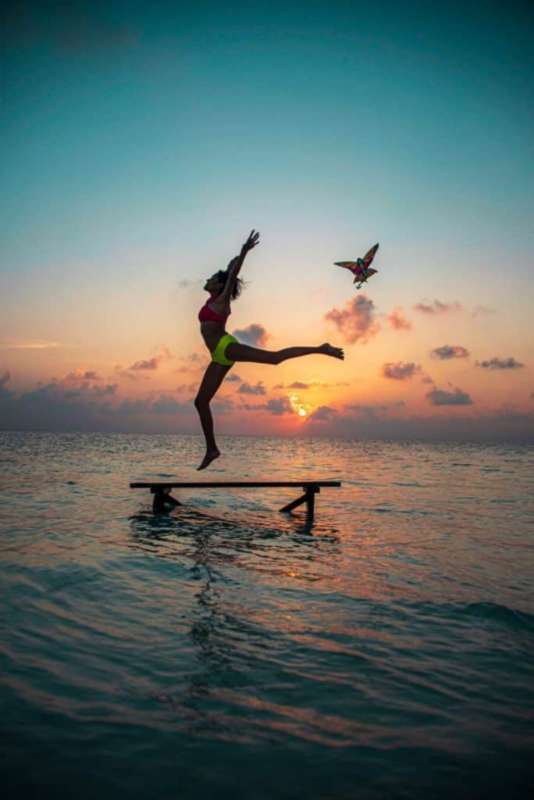
Taking pictures with the sunbeam can be tricky. It can either be your best friends or your worst enemy. But knowing just the right trick can give you that spectacular traveler photos you are looking for. And you don’t need any editing, all you need is that majestic solar power. As a general rule, taking photos against the sunlight will cause issues. It can overblow the sky, light your subject poorly, and give you a low resolution final picture.
One way to use the sun to your advantage is to utilise its flare. This is usually best done in sunrise. You’ll want to shoot directly facing the bright sun and place yourself or your subject in front of the sun rays. You will want to use your burst mode for this technique. Partially cover the sun and leave just a little bit to only show a portion of the sunlight. Then, bam! A flare shot for days!
There’s nothing more beautiful than the multi-coloured sunset sky. With this background, you won’t need any filter or post-editing because the sun is doing all the work for you. Remember that this will cause your subject to be a silhouette. So maximise your movements and poses, don’t just stand there. Unless you’re actually taking a picture of something that isn’t moving. When it comes to photo editing, simplicity often enhances the natural beauty captured in the moment.
PERSPECTIVE
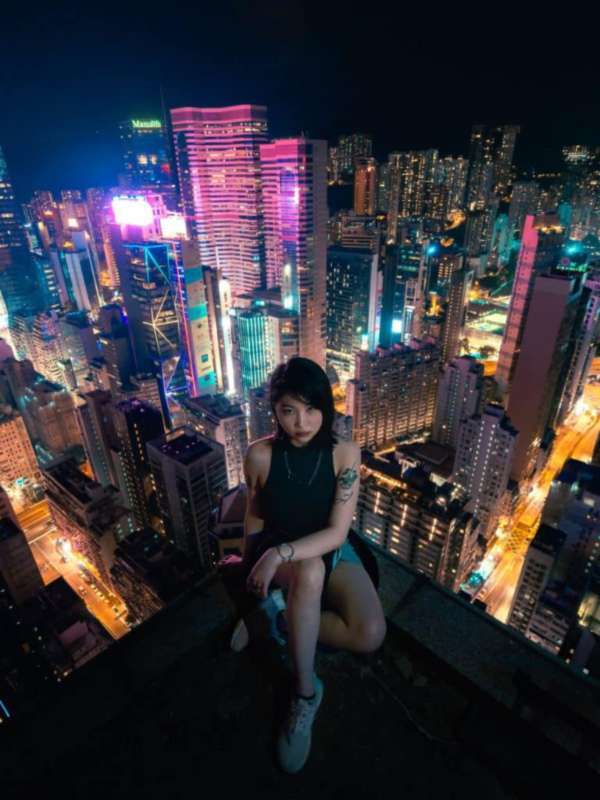
Perspective in photography focuses on the depth and spatial relationship between the objects or the subject and the photo itself. By changing perspective, you can manipulate the photo by making your subject look larger, smaller, taller, shorter, among everything else. Understanding how perspective shots work will make your photos stand out from the pack. There are many ways to shoot perspective. You can shoot down on your subject or shoot up to your subject.
Using perspective in your images is really great because it creates an illusion of a three-dimensional scene. You can either make your subject look bigger or smaller. You can also make your background appear farther away or closer relative to the other elements in the image.
NEGATIVE SPACE
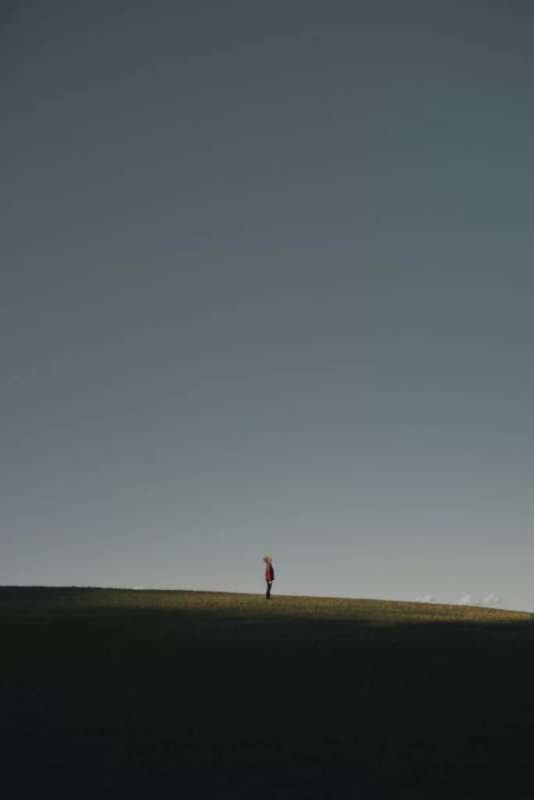
Negative space is the area surrounding the main subject in the photo that is left unoccupied. By using this technique, you are literally creating a minimalist art that leaves your viewers no choice but to look and focus on the subject at hand. The dead space surrounding your subject acts as a buffer and adds mystery to your image.
To create a negative space photo, you need to move around the area and find ways you can frame the subject with negative space. Looks for points of view that isolate the subject through contrast with its surroundings. Remember, sometimes, less is more.
FISHEYE

Fisheye lens is an ultra wide-angle lens that produces strong visual distortion intended to create wide angles of view. It differs from a normal set of lens because it is designed to shoot wide angles, usually up to 180 degrees. It produces a distorted image and can create abstract photos as if you are quite literally looking through the eyes of a fish.
You can either download an app where it can distort your images for you but will leave your photos in low resolution. The best thing to do is get a portable lens that you can just attach on your camera lens. They’re super cheap and super helpful. It’s a fantastic way of capturing a unique perspective of your image. A sure shot way of creating that perfect traveler photo.
FRAMING
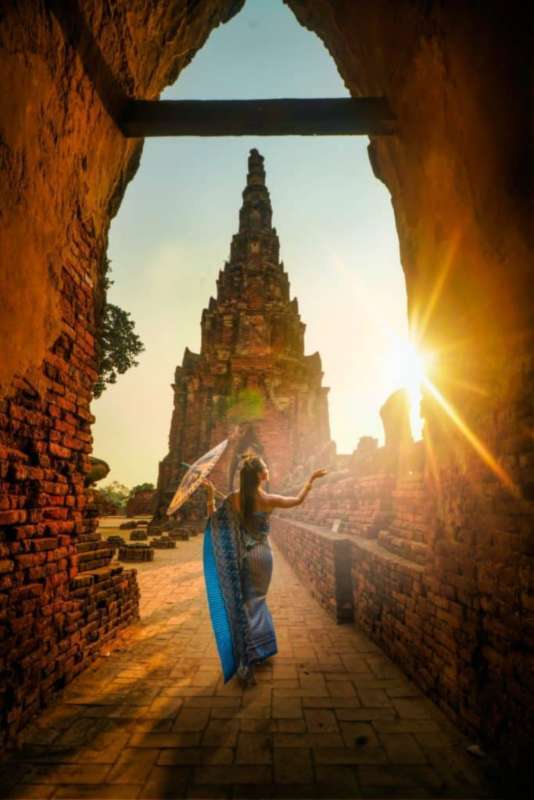
Framing means you frame your subject by using the surroundings to frame the focal point of the photos. While we think of frames surrounding the entire subject or scene, a frame can still be effective even if it just covers two or three edges of the scene.
Surroundings that contain natural shapes lend themselves to framing an image. Shooting through an object held up to the lens of your camera creates a frame. For instance a cave hole, an actual picture frame held close to the lens of your camera, or a donut. This forces your viewer to look directly at your subject as they drawn to the person or object inside the frame.
LEADING LINES
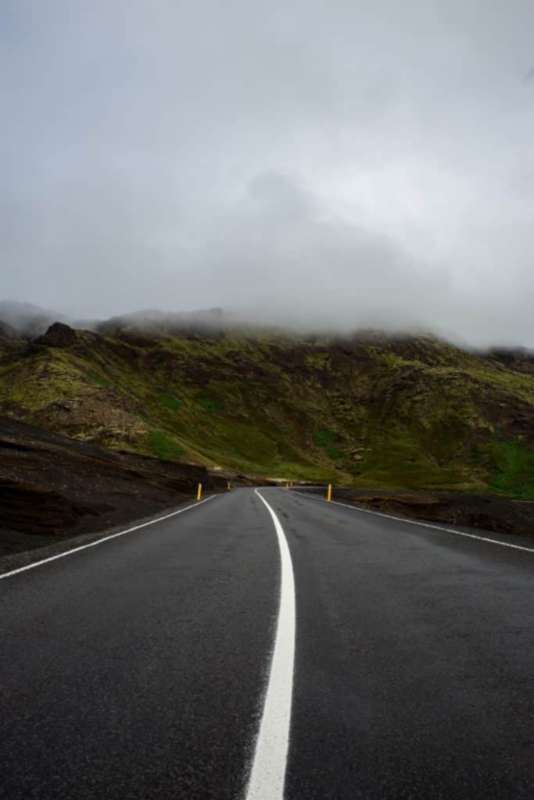
Leading lines are essentially lines that appear naturally in your subject of photography. You use the lines that are already there and position it systematically to draw your viewer’s eye towards a specific point of interest. It majorly increases your photo’s impact by guiding your viewer’s eyes from one composition to another. The lines can start anywhere. From either the bottom, guiding your viewer’s eyes upward. Or from the top, bringing the focus downwards or to the centre.
Just remember that leading lines can be anything under the sun! From rivers, roads, sand on the beach, trees, the walls of a house – if it looks like a line then you can make it work. Your traveler photos will be the talk of the town once you’ve tried this trick.
I hope these techniques helped you get that confidence to take loads of pictures on your next trip! Try these tips and tricks and watch your traveler photos be a memory to keep forever.
Rachel is an intrepid world traveller, lifestyle connoisseuse, and the resident beauty advisor at Girls Who Travel. A true ocean lover with a soft spot for flowers, films, and storytelling, she also has a growing collection of medium-sized tattoos. When she’s not immersed in her next adventure, Rachel shares stories from her travels along with practical tips and insights to help other women make the most of their journeys.
Topics
Subscribe
Subscribe for news, updates, giveaways, and more!
JOIN GIRLS WHO TRAVEL
Join our inclusive community
of tens of thousands of women who
share your passion for travel in our
Girls Who Travel Facebook group!


